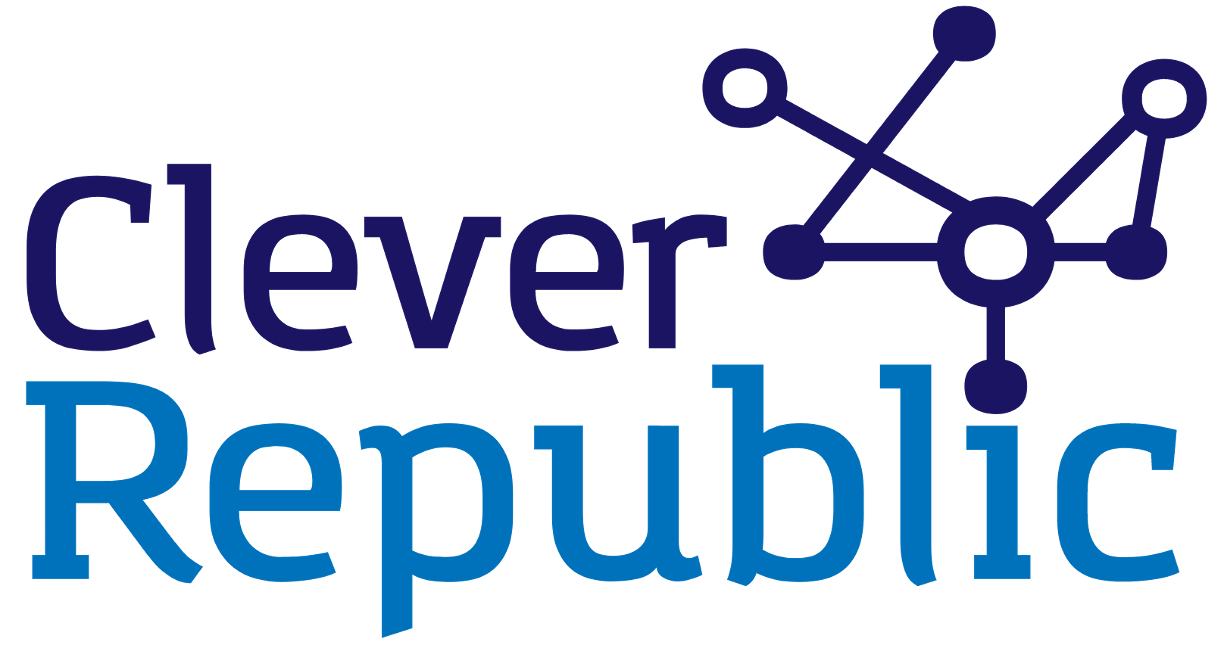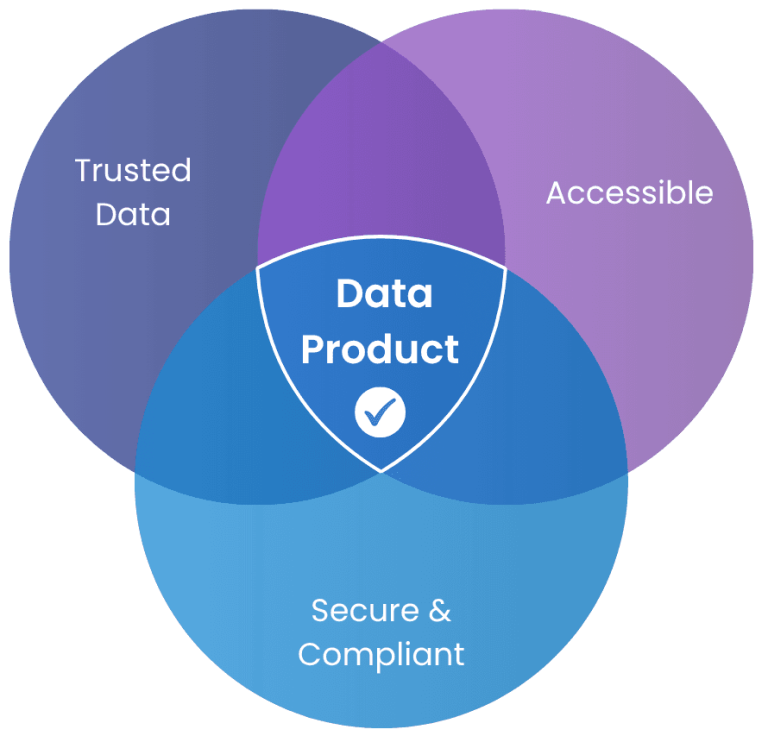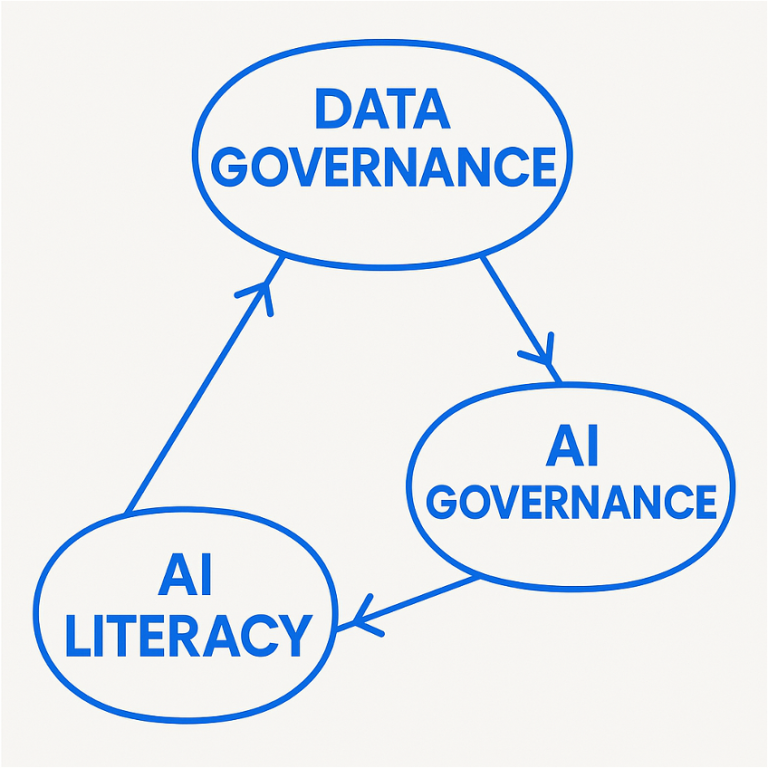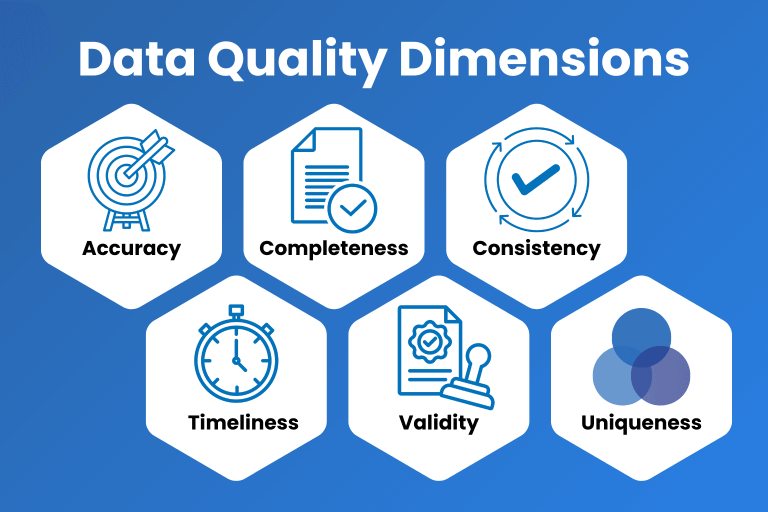Data Governance is what we practise and what we preach. However, what is Data Governance and why is it so important? What are the goals of Data Governance and how can it help your organisation work more data-driven? I will answer all these questions in this blog to showcase why Data Governance should be a core part of your data strategy.
What is Data Governance?
Data Governance has many definitions, but to explain Data Governance we will use the definition used by DAMA International. Data Governance is “the exercise of authority, control, and shared decision-making (planning, monitoring, and enforcement) over the management of data assets.” In simpler terms, it defines how an organisation manages its data so that it remains trustworthy, secure, and usable. It establishes who makes decisions about data, how those decisions are made, and how they are enforced. Strong Data Governance creates clarity. It ensures everyone, from business users to data engineers, works with the same definitions and standards.
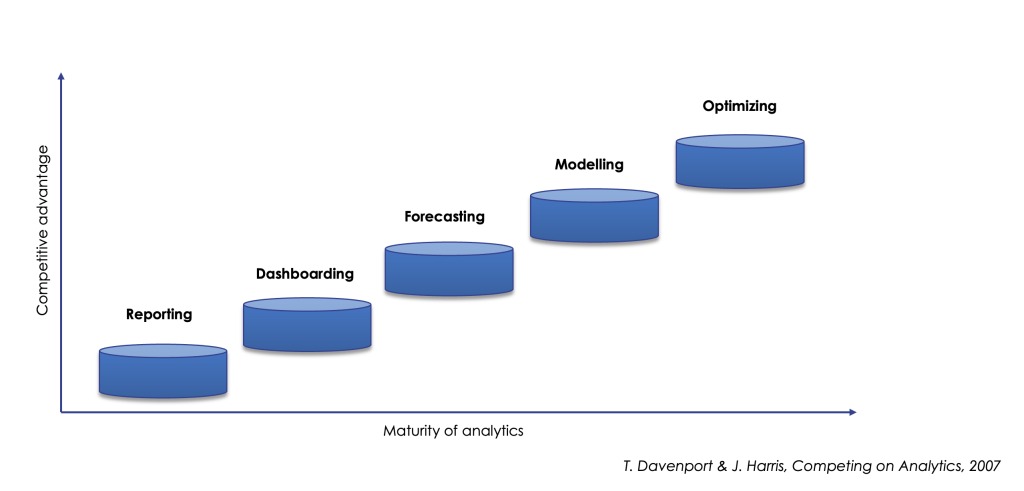
The figure above illustrates how organisations climb the analytics maturity curve, from simple reporting to full optimisation. As maturity rises, so does competitive advantage. Data Governance is what makes that climb possible. It ensures the data behind every report, dashboard, and model can be trusted. When the data is governed, organisations can trust their reports. When more mature, organisations can trust the results from their models. If AI is trained on data that can’t be trusted, how can you trust the answers the AI gives? This brings us to why Data Governance is so important.
Why Data Governance?
As already a bit spoiled in the last section, Data Governance matters because it determines whether your organisation can truly rely on its data to make decisions. Without it, every report, dashboard, and AI model becomes a gamble, since no one knows if the underlying data is correct, complete, or compliant.
One source of truth
Take the classic example of two departments reporting different revenue numbers. It may sound minor, but this disconnect erodes trust. Leaders start questioning the data instead of using it. Teams build their own versions of the truth, creating silos that make collaboration nearly impossible. Data Governance solves this by defining ownership, standardising terminology, and making sure that there is only one version of the truth.
Data Quality
Data Governance also safeguards quality. Data decays over time: addresses change, customers churn, systems evolve. Without governance, these errors multiply, and poor-quality data seeps into critical decisions. For example, if customer addresses are inaccurate, logistics costs increase, deliveries fail to go to the right place, and customer satisfaction drops. Data Governance establishes clear rules for validation, correction, and stewardship, preventing such operational risks before they occur.
Compliance
Then there is compliance. With regulations like CSRD and GDPR, organisations cannot afford to “hope” their data is correct or traceable, since they will get fined if they cannot prove the origin of the data behind their reports. Regulators demand evidence. If your CSRD report claims a 20% emissions reduction, you must be able to show exactly where that data came from, how it was calculated, and who validated it.
Scaling
Finally, governance is what makes scaling possible. When you introduce AI, predictive analytics, or data marketplaces, every model and data product depends on reliable input. AI trained on ungoverned data amplifies bias and error. But with proper Data Governance, you can trace every input, verify every transformation, and confidently explain your results. That traceability builds both business and public trust.
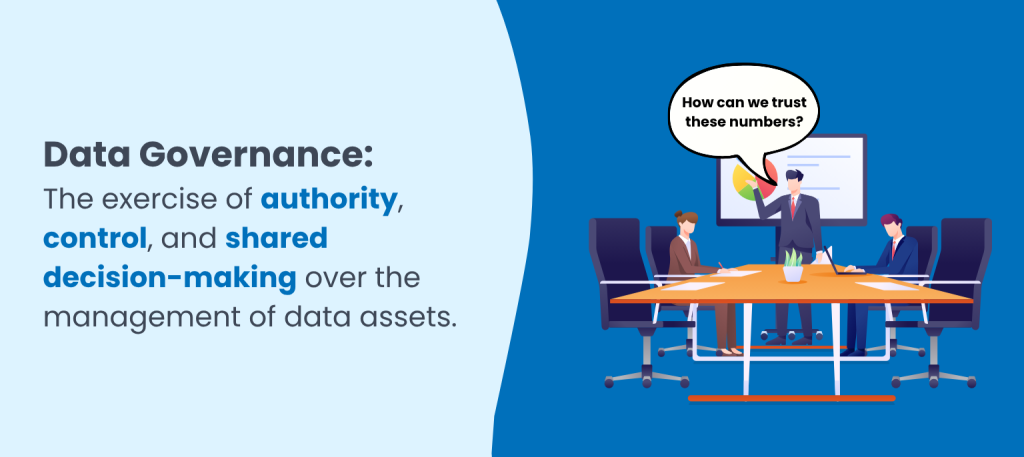
The goals of Data Governance
According to DAMA International, the goal of Data Governance is to enable an organisation to manage its data as an asset. That sounds simple, but it is transformative when done well. It turns data from a passive by-product into an active driver of value.
Data Governance sets the principles, policies, processes, and accountabilities for managing data responsibly across the entire organisation. Let’s break down what that means in practice.
Managing data as an asset
Treating data as an asset means understanding its value, protecting it, and ensuring it is used strategically. It requires clear ownership and accountability: someone responsible for the quality, security, and purpose of every key dataset.
Setting and enforcing principles and policies
Strong Data Governance embeds rules into how people work. It defines how data is created, stored, and shared. It ensures every new system, dashboard, or report follows consistent standards. Over time, this creates an ecosystem where trust in data becomes second nature.
Monitoring compliance and guiding usage
Governance is continuous oversight. It means tracking how data is being used, by whom, and for what purpose. This monitoring ensures compliance with laws such as GDPR and CSRD, but it also promotes responsible innovation. Guiding usage steers teams towards ethical and value-driven data use, ensuring every decision supports both compliance and business goals.
How Data Governance helps your organisation work more data-driven
Turning data into action
Clear ownership and definitions reduce time spent cleaning data, allowing teams to focus on insight and impact.
Creating one version of the truth
Shared definitions and standards eliminate confusion and build trust in every report and dashboard.
Enabling ethical and compliant data use
Governance ensures data is used responsibly and traceably, supporting regulations like GDPR and CSRD.
Powering innovation with confidence
Reliable, high-quality data allows teams to experiment, automate, and deploy AI safely and at scale.
Connecting business and technology
Governance aligns strategic goals with technical execution, linking data management to measurable business value.
Why Data Governance should be part of your data strategy
Data Governance is what ensures your data can be trusted. By managing data as an asset, your organisation gains control and clarity. You can make faster decisions and move from firefighting to foresight. At Clever Republic, we help your organisation turn this into a reality. We do not only design frameworks; we make them work in practice. Our approach bridges business goals, people, processes, technology, and policies, ensuring Data Governance delivers tangible results. We combine strategy with execution, delivering quick wins that grow into a trusted governance framework your entire organisation can rely on. Because Data Governance should empower your teams to use data with confidence, every single day.
